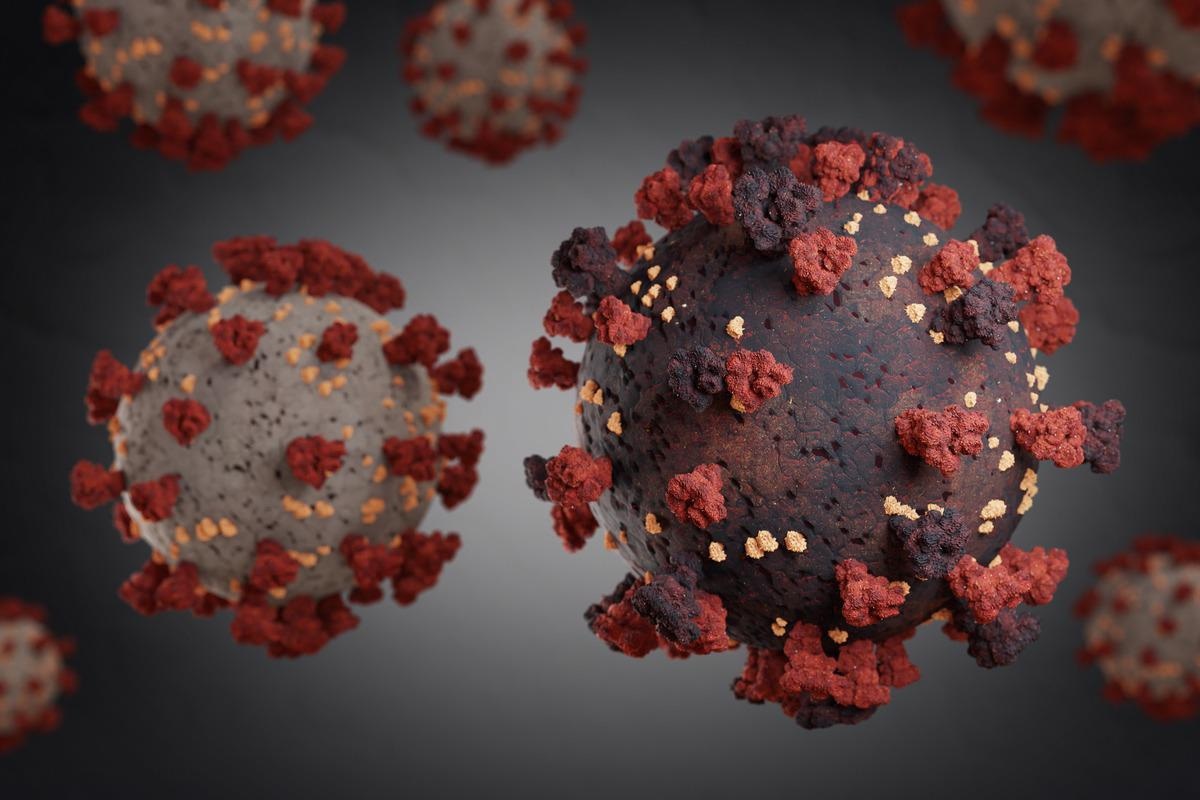SARS-CoV-2 mutations and their impact on spike protein-specific T lymphocytes

A recent study posted to the bioRxiv* preprint server assessed the impact of mutations in severe acute respiratory syndrome coronavirus-2 (SARS-CoV-2) variants of concern (VOCs) on the T lymphocytes, specifically to the spike (S) protein of SARS-CoV-2.
 Study: Mutations of SARS-CoV-2 variants of concern escaping Spike-specific T cells. Image Credit: Imilian/Shutterstock
Study: Mutations of SARS-CoV-2 variants of concern escaping Spike-specific T cells. Image Credit: Imilian/Shutterstock
One of the unique features of living organisms is that they evolve and adapt to environmental changes. Mutations are randomly acquired during replication and those with benefits and persistence become selectively dominant, while harmful or neutral mutations are eliminated. SARS-CoV-2, which causes the coronavirus disease 2019 (COVID-19), has evolved over the past two years, acquiring many mutations mostly in its S protein, which is implicated in host cell entry, and emerged as new variants with enhanced characteristics. About five VOCs have been identified to date and the SARS-CoV-2 Omicron variant is the latest VOC to emerge with over 30 substitutions.
Despite the massive vaccination campaigns, COVID-19 infections continue to rise with several reports of vaccine-breakthrough cases and reinfections documented in the latest surge driven by the Omicron variant. A SARS-CoV-2 vaccine elicits immune responses by sensitizing B and T lymphocytes. B cells produce immunoglobulins against SARS-CoV-2 antigen that circulate in the bloodstream and effector T cells act on infected host cells. Infected or vaccinated individuals retain the memory of antigenic exposure and maintain a small subset of sensitized B and T cells as memory cells to counter future antigen exposures.
The study
In the present study, researchers assessed the effects of mutations in SARS-CoV-2 VOCs on the T cell responses in vaccinated and convalescent individuals. S protein-specific T cells were quantified in 35 and 31 convalescent individuals, respectively, by interferon (IFN)-γ ELISpot assay.
T cell reactivity was tested against seven peptide pools of 33-39 overlapping 15-mers approximately covering a length of 180-200 amino acids (AA). Whole blood from 100 individuals vaccinated with BNT162b2 vaccine was stimulated with three peptide pools spanning the 1) whole S region (253 peptides), 2) mutated regions of Delta S protein (24 peptides), and 3) the same region as 2 but without substitutions or deletions to observe S protein-specific T cell responses.
Results
The authors observed considerable heterogeneity in the quantity of T cells and noted that most individuals had S protein-specific T cells recognizing all seven pools. However, T cell reactivity was higher against one specific peptide pool covering the spike region 886-1085 in 65% and 34% of vaccinated and convalescent individuals. This stretch is fairly conserved across VOCs but a few mutations are seen within this region in Alpha (S982A), Gamma (T1027I), Delta (D950N), and Omicron (S954H, S969K, and S981F) variants.
The authors noted a 20% reduction in S-specific T cell responses in about 3% of vaccinated donors. The team investigated the combined impact of mutations common to five VOCs and observed that the combination of 30 substitutions lowered T cell response by 11% in vaccinated individuals and 15% in convalescent individuals.
The T cells were allowed to proliferate after stimulation with a single peptide pool spanning the whole S region to characterize epitope specificity and CD4 or CD8 phenotype in vaccine-elicited and infection-induced T lymphocytes. About 18 and 17 distinct CD4 and CD8 T cell epitopes, respectively, were found and the researchers reported that more than half of them could recognize 30 distinct mutations out of 55 seen in five VOCs.
Moreover, the L452R and N501Y mutations showed an inhibitory effect on CD8 T cell recognition and further analysis confirmed that N501Y mutation could completely nullify CD8 T cell recognition.
Conclusions
The current work demonstrated the multi-specificity of S-specific T cells and the hierarchy among T cells to recognize different regions of S protein. One region in the spike protein (886-1082) was selectively targeted by T cells, which has mutant sites seen in Alpha, Gamma, Delta, and Omicron variants. Furthermore, it was found that the combination of mutations seen in various VOCs was fairly tolerated by T cells, which is indicative of the preservation of T cell responses against the Omicron variant.
Most notably, the authors observed CD8 cell recognition being abolished by the N501Y mutation in one specimen. It has been proposed that immune-evading mutations are selected in patients with chronic viral infections and that the immune-escape mutation in one variant was unlikely to cause a generalized effect in a bigger population. However, variants with increased infectivity and immune-escape characteristics could adversely impact a wider section of the population.
*Important notice
bioRxiv publishes preliminary scientific reports that are not peer-reviewed and, therefore, should not be regarded as conclusive, guide clinical practice/health-related behavior, or treated as established information
- Bert, Nina Le, Anthony T. Tan, Kamini Kunasegaran, Adeline Chia, Nicole Tan, Qi Chen, Shou Kit Hang, et al. (2022). Mutations of SARS-CoV-2 Variants of Concern Escaping Spike-Specific T Cells. bioRxiv. doi: https://doi.org/10.1101/2022.01.20.477163 https://www.biorxiv.org/content/10.1101/2022.01.20.477163v1
Posted in: Medical Research News | Medical Condition News | Disease/Infection News
Tags: Antigen, Assay, Blood, CD4, Cell, Chronic, Coronavirus, Coronavirus Disease COVID-19, covid-19, Interferon, Mutation, Omicron, Peptides, Phenotype, Protein, Respiratory, SARS, SARS-CoV-2, Severe Acute Respiratory, Severe Acute Respiratory Syndrome, Spike Protein, Syndrome, Vaccine

Written by
Tarun Sai Lomte
Tarun is a writer based in Hyderabad, India. He has a Master’s degree in Biotechnology from the University of Hyderabad and is enthusiastic about scientific research. He enjoys reading research papers and literature reviews and is passionate about writing.
Source: Read Full Article




